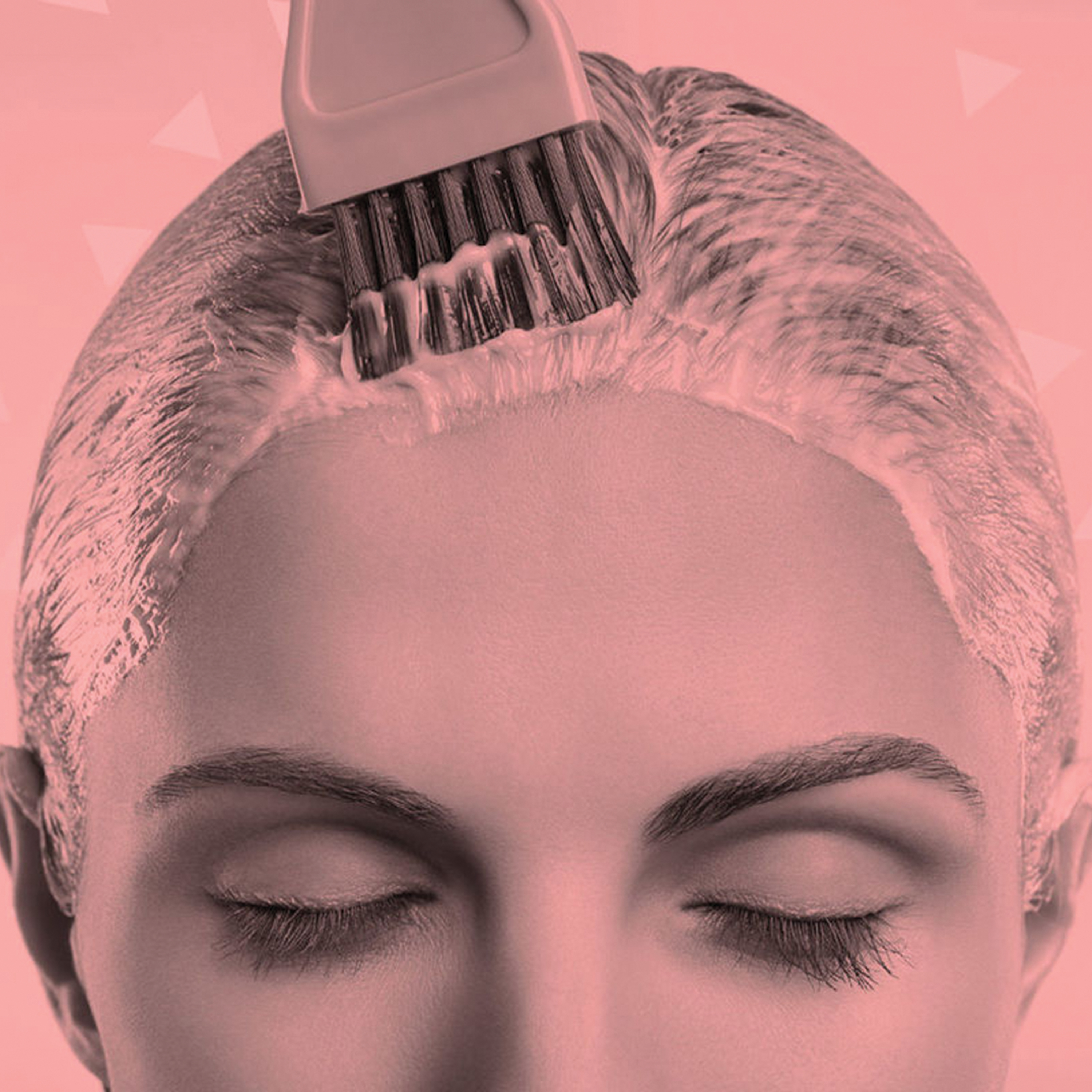
Consumers determined to make environmentally friendly decisions whenever possible – even with beauty products – usually find that compromises are in order when they want to change the color of their hair.
Opt for natural ingredients only and the color is temporary – and may not be the result you’re looking for, especially in terms of grey hair coverage.
Choose a permanent dye that’s mass-produced for at-home use and you’ll have to accept at least some chemicals, but you’re more likely to get the color you’re after and it will last much longer.
“The question often comes down to just how many chemicals will be in the hair dye and what chemicals can be avoided,” said Paolo Tramonti, owner and CEO of Bios Line, an Italian company that manufactures the BioKap Nutricolor Delicato brand of at-home hair dyes.
One of the more troublesome chemicals commonly found in hair dyes is paraphenylenediamin (PPD), which can cause skin to become swollen, red, blistered, dry and cracked.
“Many consumers have become aware of the hazards of PPD, and they prefer to avoid it,” Tramonti said. “That’s why we have created a PPD-free line, the BioKap Nutricolor Delicato line, which contains 18 colors and 1 lightening cream, all PPD-free and fragrance-free.”
Katelyn Giffen, a professional hairstylist and blogger at Rynsroost.com, said there’s a big divide when it comes to how concerned people are about natural ingredients.
“Some people are conscious of what they put inside and on their body and others couldn’t care less,” she said. “But the number of people interested in natural beauty products is growing, and I am getting more and more clients who wonder if they could buy something with more natural ingredients.”
But even the BioKap brand from Tramonti’s company, with 90 percent natural ingredients, can’t eliminate all chemicals and still achieve the permanent hair color that its customers are after. In addition to not using PPD, BioKap does avoid ammonia, paraben and resorcin, which many dyes contain, Tramonti said.
So where does this leave environmentally minded consumers determined to change their hair color? A few factors to consider include:
Consider going natural for real. True natural dyes are henna-based and, as previously mentioned, only work as temporary dyes. Henna is a powdered form of the leaves that come from the henna plant. You can also research do-it-yourself hair dying using herbs or other ingredients. In almost all cases with true natural dyes, though, getting the exact color you’re after will be difficult.
Check the ingredients. No boxed dye you buy online or at the local drug store, supermarket or retail store will be entirely chemical free. But you can check the list of ingredients to make sure some of the more worrisome chemicals, such as PPD and ammonia, aren’t present.
Consider the environmental big picture. What’s the brand’s overall eco-friendly record? There are many ways to be an environmentally aware consumer, and one of those is to seek to do business with companies that try to reduce their negative impact on the natural world.
“Many companies are making an effort to lessen their impact on the environment as much as possible,” Tramonti said. “I know that’s important to us. We’re involved in efforts to fight global warming, and we’ve installed solar panels at our headquarters. Bios Line is also involved in the LifeGate’s Zero Impact project, where the carbon dioxide emissions created by the company’s activities are compensated by carbon credits generated by the creation and the protection of growing forests. And we’ve been a strong proponent of doing product testing that doesn’t involve the use of animals.”
Paolo Tramonti is owner and CEO of Bios Line (biokapusa.com), an Italian company that he founded 30 years ago. Today, the company’s products are distributed in 35 countries. Most recently, the BioKap Nutricolor Delicato brand of at-home hair dyes has been introduced in the United States.








